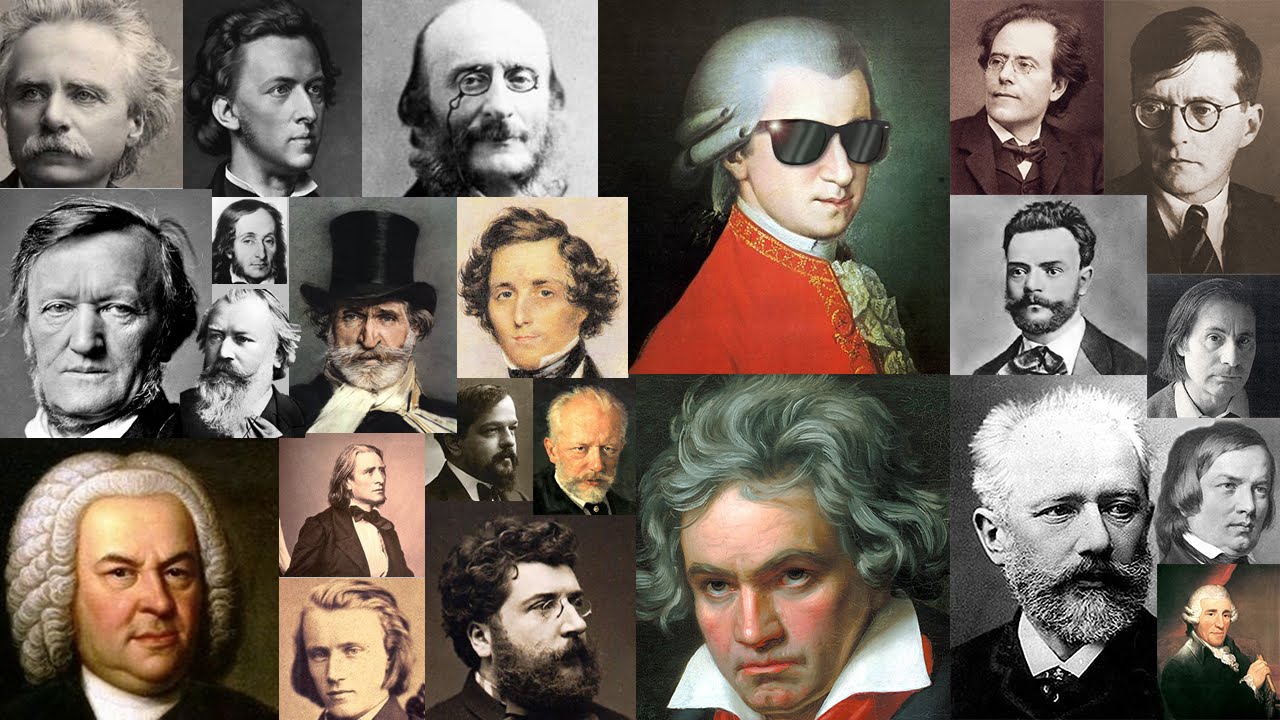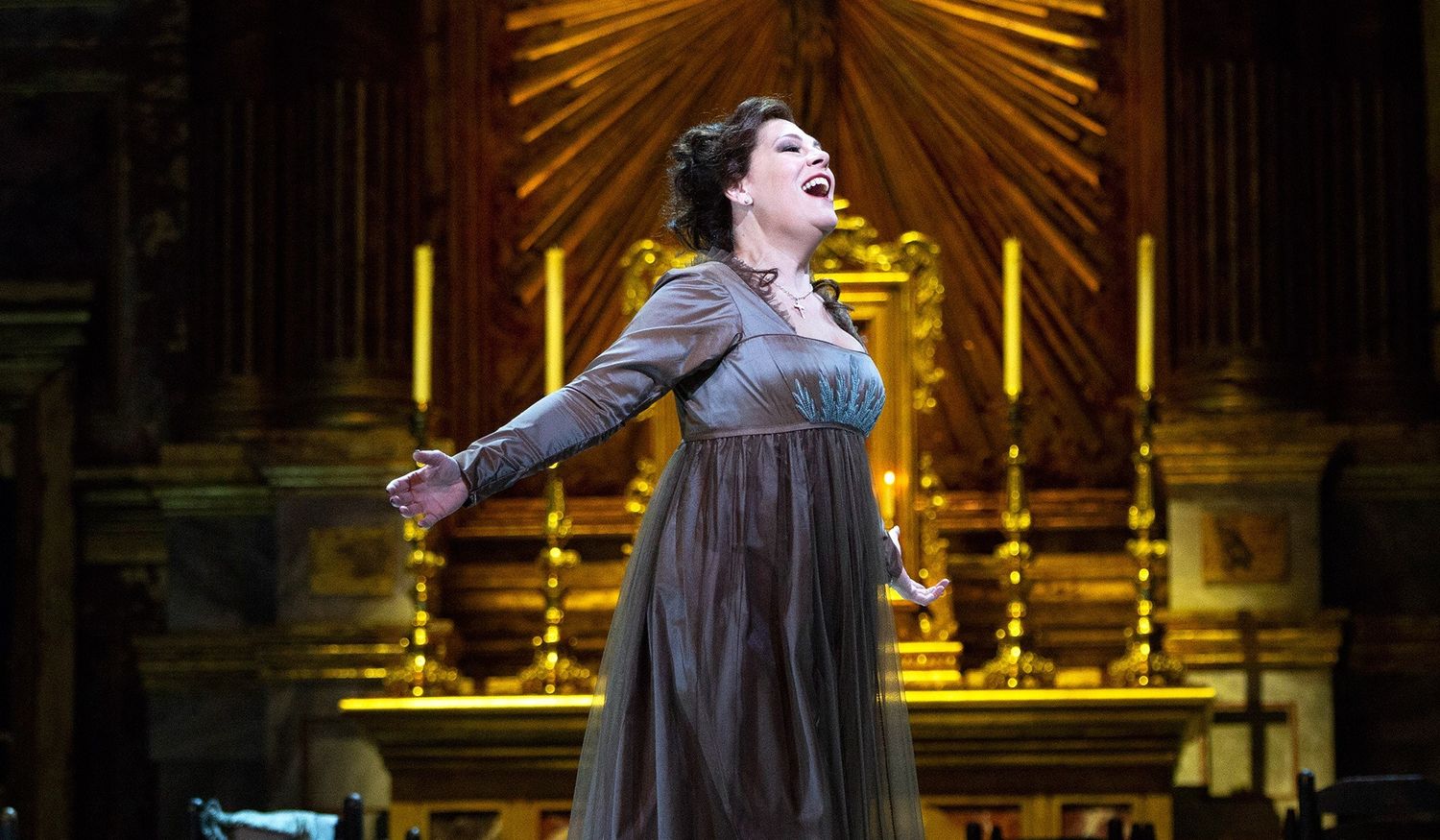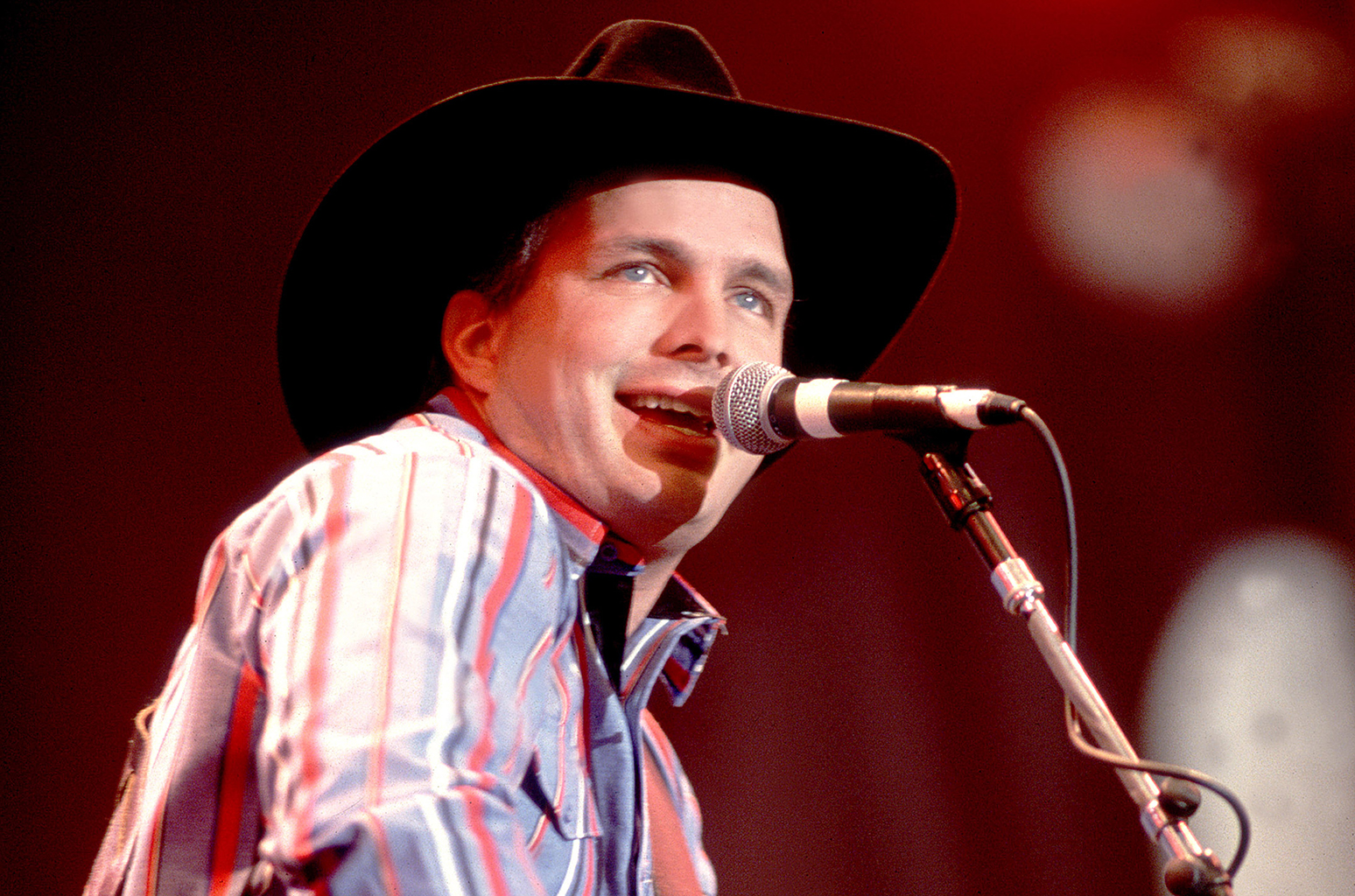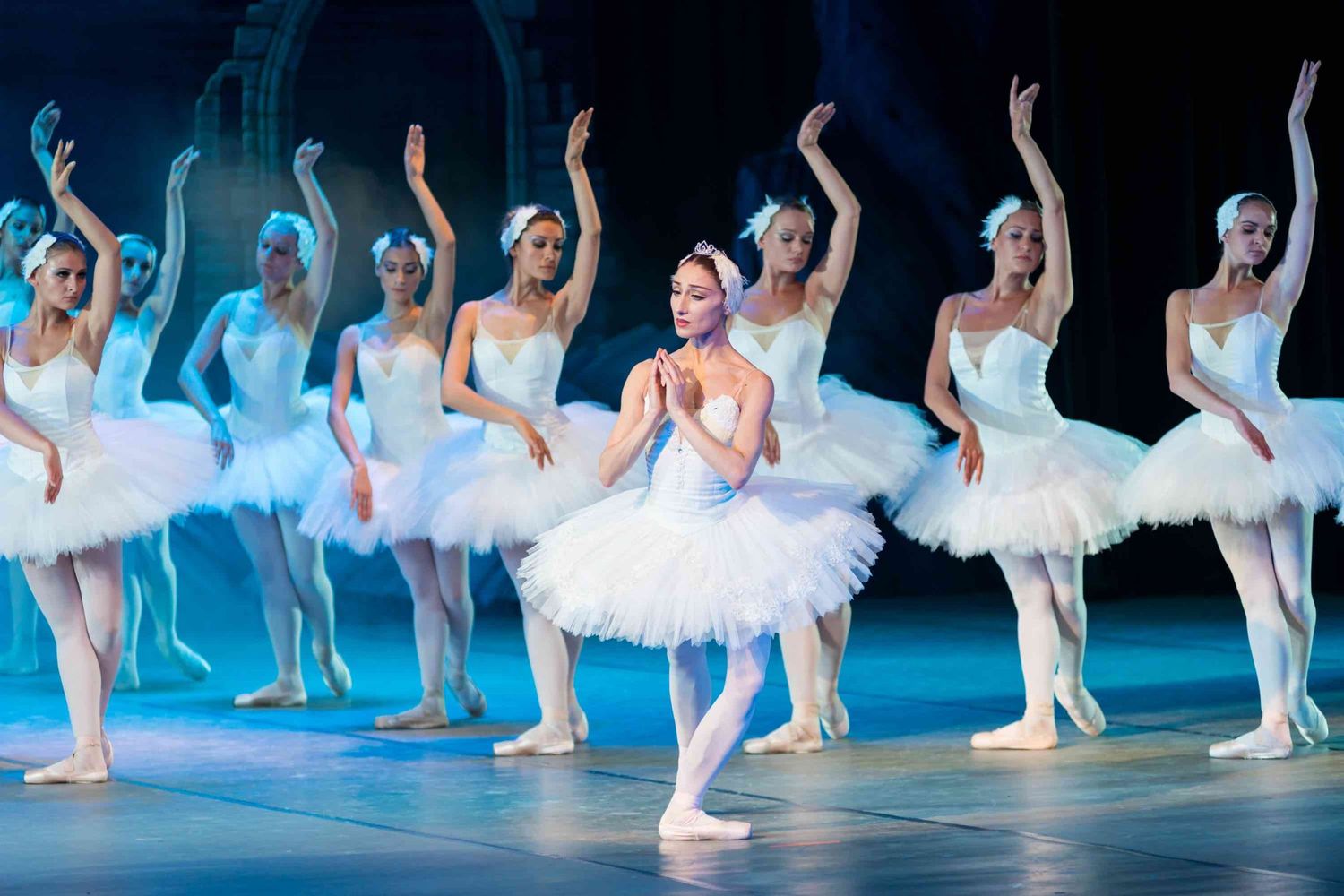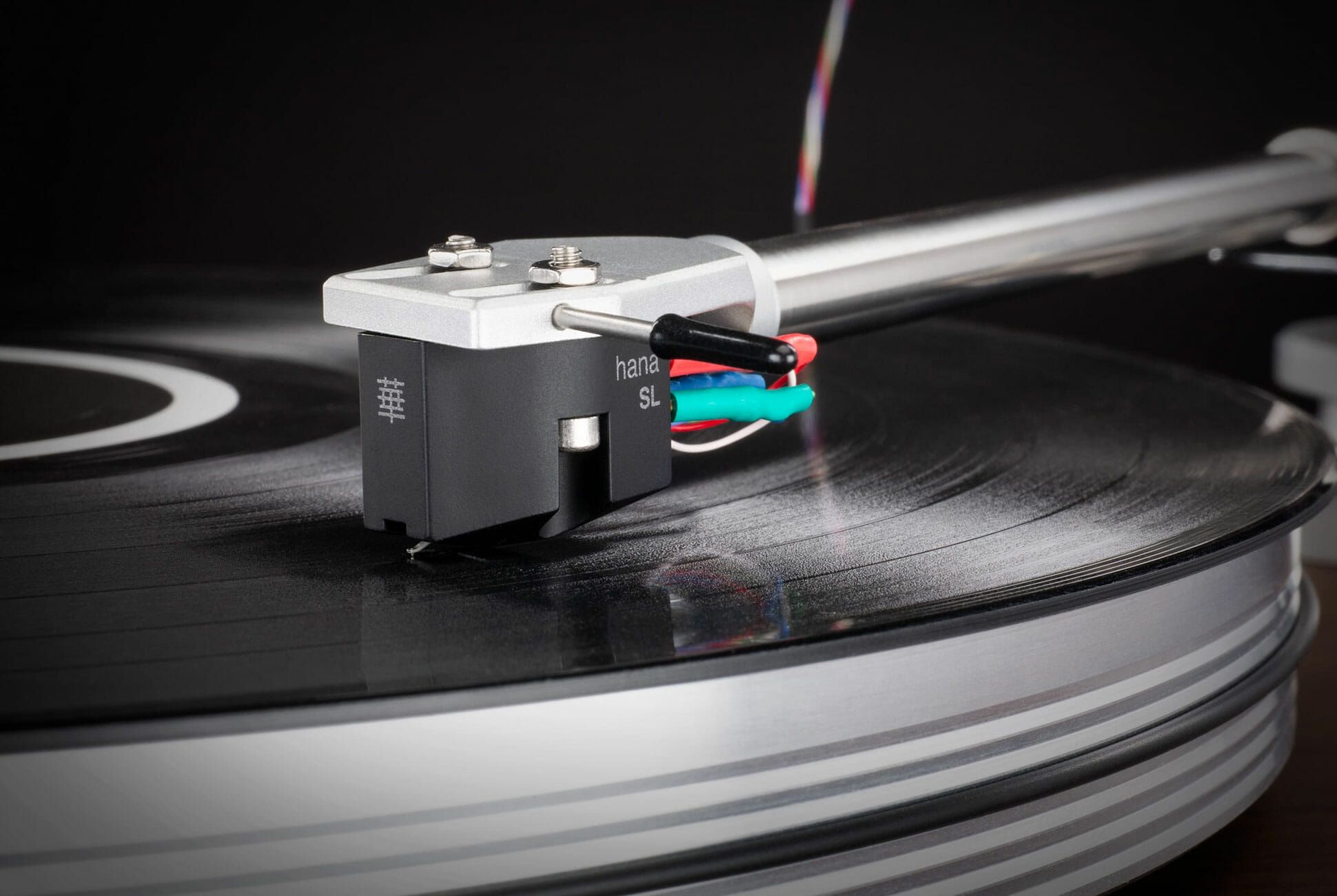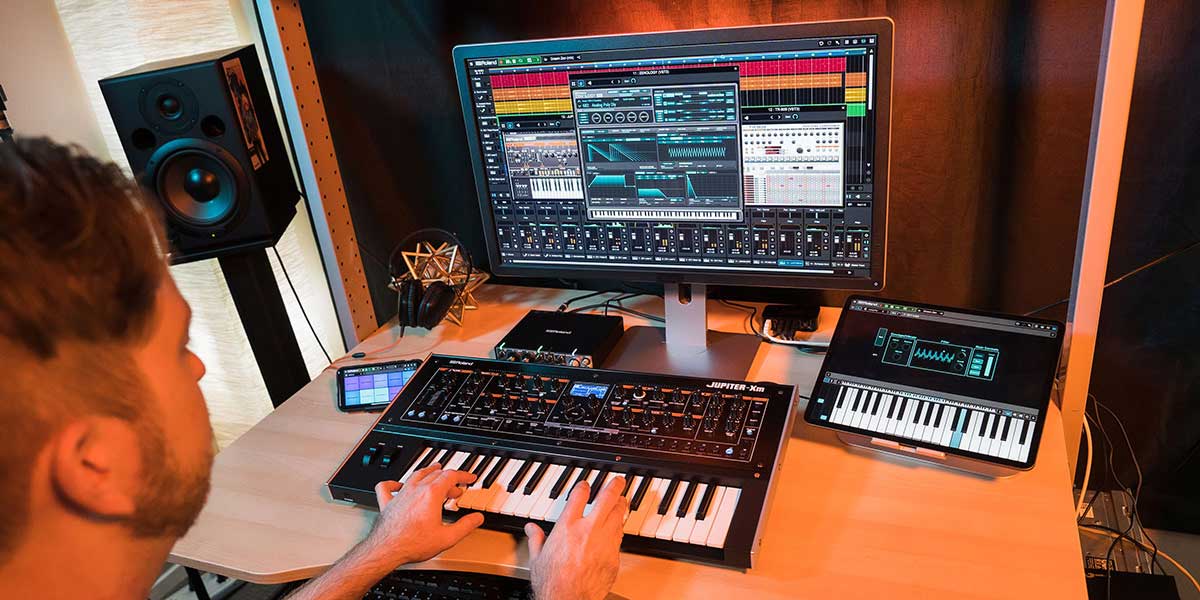Home>Production & Technology>Music Video>What Was The Most Expensive Music Video


Music Video
What Was The Most Expensive Music Video
Modified: February 24, 2024
Discover the most expensive music video ever created and be astounded by the colossal production costs that went into bringing this masterpiece to life.
(Many of the links in this article redirect to a specific reviewed product. Your purchase of these products through affiliate links helps to generate commission for AudioLover.com, at no extra cost. Learn more)
Table of Contents
Introduction
The world of music videos has come a long way since their inception in the 1980s. From extravagant sets to cutting-edge visual effects, music videos have become a platform for artists to showcase their creativity and vision. And with the increase in production values, it’s no surprise that some music videos have come with a hefty price tag attached.
In this article, we will explore some of the most expensive music videos ever created. These videos not only pushed the boundaries of what was possible in terms of production, but they also captivated audiences with their stunning visuals and compelling storytelling. From pop icons like Michael Jackson and Madonna to rock legends like Guns N’ Roses, these artists spared no expense in bringing their music to life on the screen.
So, sit back and get ready to delve into the world of unforgettable music videos that left a lasting impact on the industry and showcased the true artistry behind this unique form of entertainment.
Michael Jackson’s “Scream”
Michael Jackson was always known for his groundbreaking music videos, but “Scream” took it to a whole new level. Released in 1995, “Scream” was a collaboration between Jackson and his sister, Janet Jackson. The video was directed by Mark Romanek and had a staggering budget of $7 million, making it one of the most expensive music videos of all time.
The video’s futuristic and high-tech aesthetic perfectly complemented the song’s themes of frustration and outrage. From the elaborate set designs to the cutting-edge special effects, “Scream” was a visual extravaganza that showcased Jackson’s unparalleled star power and artistic vision.
The video features the Jackson siblings expressing their frustration with the media and the public through energetic dance routines and powerful vocal performances. The use of bold and vibrant colors, along with intricate choreography, added to the overall impact of the video.
With its mesmerizing visuals and iconic dance sequences, “Scream” was highly acclaimed by critics and fans alike. It won numerous awards, including the MTV Video Music Award for Best Dance Video and the Grammy Award for Best Music Video, Short Form.
The financial investment in “Scream” paid off for Michael Jackson, as it became a massive hit and solidified his status as the King of Pop. It demonstrated his unwavering commitment to pushing the boundaries of music video production and cemented his place in music history.
Even decades after its release, “Scream” continues to captivate audiences with its innovative visuals and powerful message. It remains a testament to Michael Jackson’s unparalleled talent and his ability to create timeless and boundary-breaking music videos.
Madonna’s “Express Yourself”
Madonna is no stranger to creating visually stunning music videos, and “Express Yourself” is a prime example of her artistry and attention to detail. Released in 1989, the video was directed by David Fincher and had a production cost of $5 million, which was a significant sum at the time.
The video’s concept revolved around female empowerment and encouraging women to express themselves freely. It featured Madonna in different powerful and glamorous personas, showcasing her versatility as an artist. The video’s art deco-inspired set designs and elaborate costumes added a touch of sophistication to the overall visual aesthetic.
One of the standout elements of the “Express Yourself” video was the inclusion of choreographed dance routines that perfectly complemented the song’s energetic and empowering lyrics. Madonna’s signature moves, along with the precision of the backup dancers, added an extra layer of excitement to the video.
With its grand production scale and innovative visuals, “Express Yourself” became an instant hit and received critical acclaim. It won numerous awards, including MTV Video Music Awards for Best Direction and Best Art Direction. The video’s message of self-expression and female empowerment resonated with audiences around the world.
Madonna’s commitment to creating visually captivating music videos like “Express Yourself” solidified her status as a pop culture icon. Her willingness to invest in high-quality production values showcased her dedication to delivering extraordinary entertainment experiences for her fans.
Decades later, “Express Yourself” remains a testament to Madonna’s groundbreaking approach to music videos and her influence on popular culture. It serves as a reminder that music videos can be more than just a promotional tool but can also be a medium for self-expression and artistic storytelling.
Guns N’ Roses’ “November Rain”
Guns N’ Roses’ music video for “November Rain” is often regarded as one of the most epic and costliest music videos of all time. Released in 1992, the video had a budget of around $1.5 million, a staggering amount for that era.
The video was directed by Andy Morahan and complemented the epic nature of the song, which runs for over nine minutes. It tells the story of a tumultuous relationship, complete with a wedding, a funeral, and a dramatic rain-soaked performance by Guns N’ Roses.
One of the highlights of the “November Rain” video is the inclusion of a full orchestra, adding a symphonic element that amplifies the emotional impact of the song. The video seamlessly blends gritty rock performances with grandiose visuals, making it a cinematic experience in its own right.
The use of stunning locations, including a church and a desert, adds to the video’s visual appeal. It showcases the band’s larger-than-life persona and their ability to captivate audiences with their raw energy and charisma.
Released alongside a shorter version of the song, the full-length “November Rain” video received critical acclaim and became an enduring favorite among fans. It won several awards, including the MTV Video Music Award for Best Cinematography.
Guns N’ Roses’ investment in the production of “November Rain” paid off, as the video further solidified their place in rock music history. It demonstrated their willingness to go beyond the traditional music video format and create an immersive experience that resonates with fans.
Even today, “November Rain” stands as a testament to the artistic vision and ambition of Guns N’ Roses. It showcases the band’s ability to create timeless music videos that combine rock and cinematic elements, leaving a lasting impact on the viewer.
Mariah Carey’s “Heartbreaker”
Released in 1999, Mariah Carey’s music video for “Heartbreaker” was a visual extravaganza that left a lasting impression on fans. Directed by Brett Ratner, the video had a budget of approximately $2.5 million. It featured a star-studded cast, intricate choreography, and a captivating storyline.
“Heartbreaker” showcased Mariah Carey’s versatility as an artist, as she played both the protagonist and the antagonist in the video. The storyline revolved around her seeking revenge on a cheating ex-boyfriend, played by actor Jerry O’Connell. The video seamlessly blended elements of comedy, action, and romance, making it a compelling watch.
One of the standout features of the “Heartbreaker” video was the iconic dance-off scene between Mariah Carey and actress-comedian Julie Brown. The choreography, combined with the infectious energy of the performers, added a touch of excitement and entertainment to the video.
The production value of “Heartbreaker” was evident in the use of dynamic sets, including a lavish mansion and a roller rink, that complemented the video’s storyline. The attention to detail and the incorporation of vibrant colors added a visually appealing element to the overall aesthetic.
Upon its release, the “Heartbreaker” video received positive reviews and garnered multiple award nominations. It showcased Mariah Carey’s ability to deliver visually spectacular and entertaining music videos, further solidifying her status as a pop diva.
The success of “Heartbreaker” provided Mariah Carey with yet another chart-topping hit and further propelled her career. It demonstrated her commitment to creating music videos that not only showcased her vocal talent but also provided a captivating visual narrative.
Even years after its release, “Heartbreaker” remains a fan favorite and a testament to Mariah Carey’s ability to create memorable and visually stunning music videos that resonate with audiences.
Puff Daddy’s “Victory”
Puff Daddy, now known as Diddy, has always had a flair for the dramatic, and his music video for “Victory” is a prime example of his grandiose style. Released in 1998, the video had a massive budget of approximately $2.7 million, making it one of the most expensive music videos of its time.
“Victory” was a collaboration between Puff Daddy and The Notorious B.I.G., featuring additional vocals from Busta Rhymes. The video was directed by Marcus Nispel and showcased a larger-than-life concept inspired by apocalyptic and war imagery. It featured an all-star cast, including Dennis Hopper, Danny DeVito, and Ben Stiller.
The “Victory” video was shot on location in Los Angeles and featured lavish sets, special effects, and intense action sequences. It portrayed a dystopian future where Puff Daddy leads a group of rebels against a tyrannical regime. The video’s cinematic quality and high production values added to its immersive and captivating nature.
One of the most memorable aspects of the “Victory” video was the epic choreographed battle scene, which involved hundreds of extras, massive explosions, and an impressive display of firepower. The attention to detail and the seamless integration of special effects created a visually striking and adrenaline-pumping experience.
Upon its release, the “Victory” video received critical acclaim for its ambitious concept and execution. It showcased Puff Daddy’s ability to create music videos that transcended the traditional boundaries and brought a Hollywood-level spectacle to the world of hip-hop.
The impact of “Victory” went beyond its visual appeal. The song itself became a chart-topping hit and solidified Puff Daddy’s position as a prominent figure in the music industry. The video’s success further elevated his status as a visionary artist and music video pioneer.
Even years later, “Victory” stands as a testament to Puff Daddy’s ability to push boundaries and deliver memorable music videos that fuse art, storytelling, and entertainment. It remains an iconic piece of hip-hop culture and showcases the power of cinematic visuals in music.
Janet Jackson’s “Rhythm Nation”
Released in 1989 as the title track of her fourth studio album, “Rhythm Nation,” Janet Jackson’s music video for this iconic song is not only a visual masterpiece but also an important social commentary. The video, directed by Dominic Sena, had a production cost of approximately $1 million, a substantial budget for its time.
“Rhythm Nation” explores themes of unity, social injustice, and racial harmony. The video features Janet Jackson leading a group of dancers in powerful choreography that symbolizes a collective fight against societal issues. The use of black and white visuals, combined with bold costumes, enhances the video’s impact and message.
One of the most notable aspects of the “Rhythm Nation” video is its intricate dance sequences. The synchronized movements and precise choreography, along with Janet Jackson’s captivating presence, create a visually stunning display of artistry and demonstrate her unparalleled talent as a performer.
Beyond its visual appeal, the “Rhythm Nation” video carries a strong message of equality and social change. It challenges the societal norms of the time and calls for unity in combating systemic issues. The video’s impact extended beyond the music world, inspiring conversations and actions towards positive change.
Upon its release, the “Rhythm Nation” video received critical acclaim and numerous accolades, including MTV Video Music Awards for Best Choreography and Best Dance Video. It remains one of Janet Jackson’s most memorable and groundbreaking works.
The success of the “Rhythm Nation” video not only helped propel Janet Jackson’s career to new heights but also solidified her status as an influential figure in music and popular culture. It showcased her ability to use the medium of music videos to address important social issues and inspire change.
Decades later, the impact of “Rhythm Nation” continues to resonate. It stands as a testament to Janet Jackson’s artistic vision, her commitment to using her platform for social justice, and the enduring power of music videos to provoke thought and evoke emotions.
Madonna’s “Die Another Day”
In 2002, Madonna contributed the theme song for the James Bond film “Die Another Day,” and the accompanying music video became another extravagant production in her career. Directed by Traktor, the video had a budget of approximately $6.1 million, making it one of the most expensive videos ever created.
The “Die Another Day” video showcases Madonna in a variety of visually striking and edgy looks, reflecting the film’s spy theme. From the futuristic styling to the high-energy dance sequences, the video is a feast for the eyes. The incorporation of advanced visual effects adds an extra layer of sophistication to the overall aesthetic.
Madonna’s willingness to push boundaries is evident in the “Die Another Day” video. It features intense action scenes, complex choreography, and cutting-edge technology. The video seamlessly blends elements of espionage and futuristic fantasy, creating a captivating visual narrative.
One of the highlights of the video is the use of mirror-like surfaces, which symbolize the multiple identities and disguises in Bond films. Madonna’s energy and charisma shine through as she confidently moves through the stunning set designs, further enhancing the video’s appeal.
Despite mixed reception for both the song and film, the “Die Another Day” video was highly praised for its boldness and visual impact. It showcased Madonna’s ability to remain at the forefront of pop culture and her dedication to creating visually captivating music videos.
The financial investment in the “Die Another Day” video paid off, as it reached the top of music charts worldwide. Madonna’s collaboration with the esteemed James Bond franchise elevated her status as a pop icon and cemented her position as one of the most influential artists of her generation.
Even years after its release, the “Die Another Day” video continues to be an impressive display of Madonna’s artistry and innovation. It stands as a testament to her ability to redefine herself and push creative boundaries, leaving a lasting impact on the world of music and visual storytelling.
Michael Jackson’s “Black or White”
Released in 1991, “Black or White” by Michael Jackson was not only a musical sensation but also a groundbreaking music video that pushed the boundaries of production value. With a budget of $4 million, it was one of the most expensive music videos of its time.
The video, directed by John Landis, starts with a jaw-dropping morphing sequence that showcases faces from different cultures, emphasizing the song’s message of racial harmony and unity. Michael Jackson’s dynamic performance, coupled with a mix of powerful dance routines and innovative visual effects, captivated audiences around the world.
One of the most memorable moments in the “Black or White” video is the iconic dance sequence that takes place on a city street. Jackson’s electrifying moves, combined with his signature energy, convey a sense of unity through music and dance.
The video’s grand finale features a visually spectacular scene where Jackson morphs into a panther and leaves an impactful imprint on a car. This transformative moment represents Jackson’s ability to transcend barriers and embrace different identities, promoting a message of acceptance and equality.
“Black or White” also sparked controversy due to its controversial ending, which included Jackson’s morphing face and a simulated vandalization of a car. However, it is instrumental in highlighting Jackson’s desire to challenge norms and shed light on social issues.
The “Black or White” video not only demonstrated Jackson’s incredible talent and showmanship but also showcased his commitment to using his platform for social change. By using cutting-edge visual effects, innovative storytelling, and mesmerizing dance sequences, Jackson created a music video that continues to resonate with audiences today.
Decades after its release, “Black or White” remains a testament to Michael Jackson’s status as the King of Pop and a pioneer in music video production. It serves as a reminder of his unparalleled influence on the music industry and his commitment to promoting unity and equality through his art.
Lady Gaga’s “Telephone”
Lady Gaga is known for pushing boundaries and creating visually captivating music videos, and “Telephone” is no exception. Released in 2010, the video, which served as a collaboration between Lady Gaga and Beyoncé, was a spectacle of creativity and cost a whopping $4.5 million to produce.
Directed by Jonas Åkerlund, “Telephone” tells a cinematic story of rebellion, freedom, and female empowerment. The video opens with Lady Gaga being released from prison, and from there, it takes the viewer on a wild and thrilling ride filled with vibrant costumes, eccentric characters, and unforgettable pop culture references.
One of the standout features of the “Telephone” video is its bold and daring fashion choices. Lady Gaga’s distinct style, along with a multitude of wardrobe changes, added an element of surprise and left audiences eagerly anticipating her next outfit. The video seamlessly blends elements of high fashion with pop culture kitsch, creating a visually striking aesthetic.
In addition to the fashion, the video also showcases Lady Gaga’s distinct choreography and mesmerizing dance routines. The synchronized movements and energetic performances contributed to the video’s overall visual appeal and added to the dynamic storytelling.
“Telephone” also delivers a powerful message about female empowerment and liberation. It highlights the importance of self-expression and challenges societal norms. The video’s unapologetic approach in celebrating individuality resonated with audiences and solidified Lady Gaga’s position as a trailblazer in pop music.
Upon its release, “Telephone” received critical acclaim and further solidified Lady Gaga’s status as one of the most innovative artists of the time. It won several awards, including the MTV Video Music Award for Best Collaboration.
The impact of “Telephone” extended beyond the music video itself. It became a cultural phenomenon, sparking conversations about pop culture, feminism, and artistic expression. Lady Gaga’s commitment to pushing boundaries and creating visually stunning music videos has marked her as one of the most influential and celebrated artists of her generation.
Even years later, “Telephone” stands as a testament to Lady Gaga’s ability to captivate audiences with her unique vision and captivating performances. It showcases her fearlessness in pushing creative boundaries and using her platform to deliver powerful messages through her art.
Conclusion
The world of music videos has evolved significantly over the years, with artists pushing the boundaries of creativity and production values to deliver remarkable visual experiences. From Michael Jackson’s groundbreaking videos like “Scream” and “Black or White” to Madonna’s extravagant masterpieces like “Express Yourself” and “Die Another Day,” these artists have proven that music videos can be much more than just promotional tools.
The most expensive music videos not only showcase the artistic vision of the artists but also serve as a testament to their dedication to delivering unforgettable entertainment experiences. These videos have become cultural touchstones, inspiring future generations of artists and pushing the boundaries of what is possible in terms of visual storytelling.
Through innovative concepts, breathtaking visuals, and powerful messages, these music videos have left an indelible mark on popular culture. Whether it’s addressing social issues like Janet Jackson’s “Rhythm Nation” or promoting self-expression like Lady Gaga’s “Telephone,” these videos have transcended the medium and become part of our collective consciousness.
They have undoubtedly raised the bar for music video production, inspiring artists and filmmakers to push their creative limits. These videos have opened the door to experimentation, introducing new storytelling techniques, and incorporating cutting-edge technology, making the art form more immersive and captivating than ever before.
While the cost of producing these videos may be staggering, the impact they have had on the music industry and the wider audience is immeasurable. They have become cultural landmarks, defining moments in an artist’s career and leaving a lasting legacy.
As the world of music videos continues to evolve, we can expect to see even more groundbreaking and visually stunning productions in the future. With advancements in technology and the boundless creativity of artists, the possibilities for music videos are limitless.
So, the next time you watch a music video, take a moment to appreciate the artistry and dedication that went into creating it. These visual masterpieces not only entertain us but also inspire us and remind us of the power of music to transcend boundaries and touch our souls.



